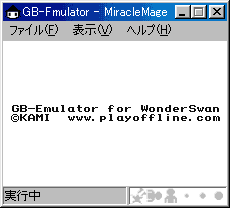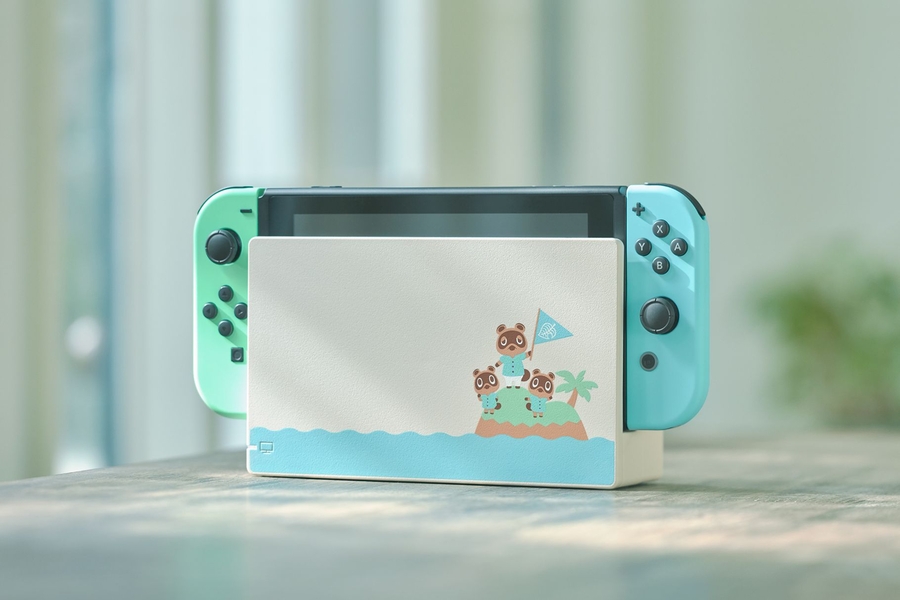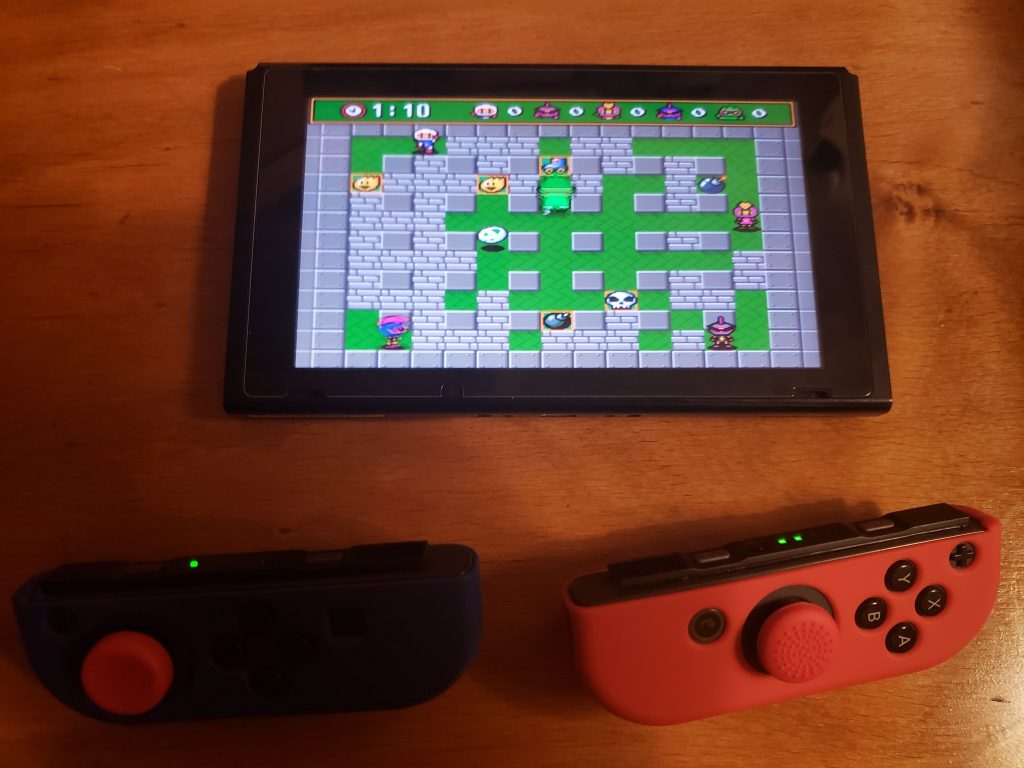
Also in 2011, bsnes v083 added NES emulation.
 In 2011, bsnes v074 replaced gambatte-based Super Game Boy emulation with a new Game Boy emulation core called bgameboy. This fixed a number of emulation bugs in those games, and was the first time SD Gundam GX was playable at all. Also in 2010, bsnes v073 became the first SNES emulator to support low-level emulation of the DSP co-processors included with some of the most popular SNES games. The MSU-1 would later be implemented in an FPGA by Ikari, allowing MSU-1 games to be played on original hardware. In 2010, bsnes v060 added support for the fictional MSU-1 co-processor, allowing the creation of SNES games with streaming CD-quality audio and full-motion video. In 2009, bsnes v046 became the first SNES emulator to properly support the Super Game Boy, adding a Game Boy emulation core based on the gambatte emulator. The first versions of byuu's SNES/Super Famicom emulator, bsnes, were released in late 2004.īsnes quickly achieved top-tier emulation of the SNES base unit, and slowly began adding support for more esoteric hardware.
In 2011, bsnes v074 replaced gambatte-based Super Game Boy emulation with a new Game Boy emulation core called bgameboy. This fixed a number of emulation bugs in those games, and was the first time SD Gundam GX was playable at all. Also in 2010, bsnes v073 became the first SNES emulator to support low-level emulation of the DSP co-processors included with some of the most popular SNES games. The MSU-1 would later be implemented in an FPGA by Ikari, allowing MSU-1 games to be played on original hardware. In 2010, bsnes v060 added support for the fictional MSU-1 co-processor, allowing the creation of SNES games with streaming CD-quality audio and full-motion video. In 2009, bsnes v046 became the first SNES emulator to properly support the Super Game Boy, adding a Game Boy emulation core based on the gambatte emulator. The first versions of byuu's SNES/Super Famicom emulator, bsnes, were released in late 2004.īsnes quickly achieved top-tier emulation of the SNES base unit, and slowly began adding support for more esoteric hardware. 
They became frustrated by inaccuracies in Super Famicom emulators of the time, and began working on their own emulator designed for hardware accuracy and homebrew development, rather than just running commercially-published games. In 2004, a programmer calling themselves byuu had been working on fan translations of Super Famicom games.

It currently emulates the following systems: Famicom, Famicom Disk System, Super Famicom, Super Game Boy, Game Boy, Game Boy Color, Game Boy Advance, Game Boy Player, SG-1000, SC-3000, Master System, Game Gear, Mega Drive, Mega CD, PC Engine, SuperGrafx, MSX, MSX2, ColecoVision, Neo Geo Pocket, Neo Geo Pocket Color, WonderSwan, WonderSwan Color, SwanCrystal, Pocket Challenge V2.Īres currently runs on Windows, Linux, and FreeBSD, with an experimental port to macOS. Ares, a cross-platform, multi-system emulatorĪres runs games for a variety of classic computers and game consoles on modern PCs.







 0 kommentar(er)
0 kommentar(er)
